Did you know that, on average, properties are only covered for 63% of the value they should be?
This could mean that in the event of a disaster, your insurer may apply the ‘average clause’ which means you would only receive a percentage of what you need to repair the damage caused by the disaster.
This year, we’re encouraging homeowners and commercial property owners to review their existing cover to check that their property is insured for the amount it should be.
Step 1 - Review your existing policy
To avoid being underinsured, we cannot stress the importance of reviewing your policy documents regularly and updating your policy promptly to account for any renovation work or extensions.
Striking the right balance between not underinsuring or overinsuring your property can be tricky. The responsibility falls on you as the property owner to provide your insurer with the correct figure your building needs to be insured for.
If in doubt speak to your broker and consider the last time the building sum insured was calculated.
Step 2 - Calculate the rebuild cost of your home
We’re committed to helping you reduce the level of underinsurance, which is why we partner with RebuildCostASSESSMENT.com to offer property valuations to give you peace of mind that you are fully covered. RebuildCostASSESSMENT assesses your property to provide you with a reliable rebuild cost from property reinstatement experts. To learn more about our valuations, speak to a member of our team.
Step 3 - Create an inventory of your contents
Like buildings, your contents can also be underinsured. The same principle applies to both, if your valuations are too low you may find that some insurers will only pay for the same percentage rather than the full amount. This can be a costly mistake.
To find out how much your belongings are worth, consider creating an inventory. This would typically include the price you paid for the item originally.
For high-value items, include serial numbers, receipts and photographs to help replace the items in the event of a total loss.
It’s also worth noting that certain high-value items may not be covered by your policy if over a specified amount. Make sure to check your single article limit for valuables in the home as well as what cover you have for personal possessions which leave the house such as laptops, hearing aids etc.
Step 4 - Consider inflation
Have you ever heard of index linking? This is when an insurer adds a percentage to a customer’s buildings sum insured to protect them from underinsurance.
It acts as a buffer between the sum insured value and the actual rebuild value, so you don’t have to update your policy constantly to account for inflation. For example, if the price of building materials were to increase, so long as your house was insured for the correct value at the start of the policy period and your policy includes index linking, then you’re protected.
Step 5 - Compare your findings with your existing cover
Once you have calculated the correct rebuild cost of your home and completed your contents inventory, compare your findings with your existing cover. If your existing cover does not provide adequate protection, look to either increasing cover or moving to a policy which does.
Step 6 - Action any changes your policy requires
Once you have reviewed your existing cover, if you have identified any issues with your current policy, discuss these findings with your broker so that they know what adjustments you require. Since you will now have accurate, up-to-date information for your property rebuild cost and the value of your contents, this will make the task much easier.
When it comes to insurance, it is prudent that you shop around when your policy is coming to an end and get quotes from multiple providers to ensure you are getting the best rates. Your broker will be able to assist you in this process.
Step 7 - Regularly reassess
Congratulations! If you’ve completed the previous steps, you may have now safely avoided falling into the underinsurance trap. Give yourself a pat on the back.
However, that doesn’t mean you are done. Now you need to regularly reassess your home to keep on top of any changes that arise. We suggest that you do this annually and after any major renovation work.
Speak to a member of our team today to discover how RebuildCostASSESSMENT can help protect your assets.
Consistent with our policy when giving comments and advice on a non-specific basis, we cannot assume legal responsibility for the accuracy of any particular statement. In the case of specific problems, we recommend that professional advice be sought.
Sources:
1: https://www.rebuildcostassessment.com/post/annual-infographic-2024


